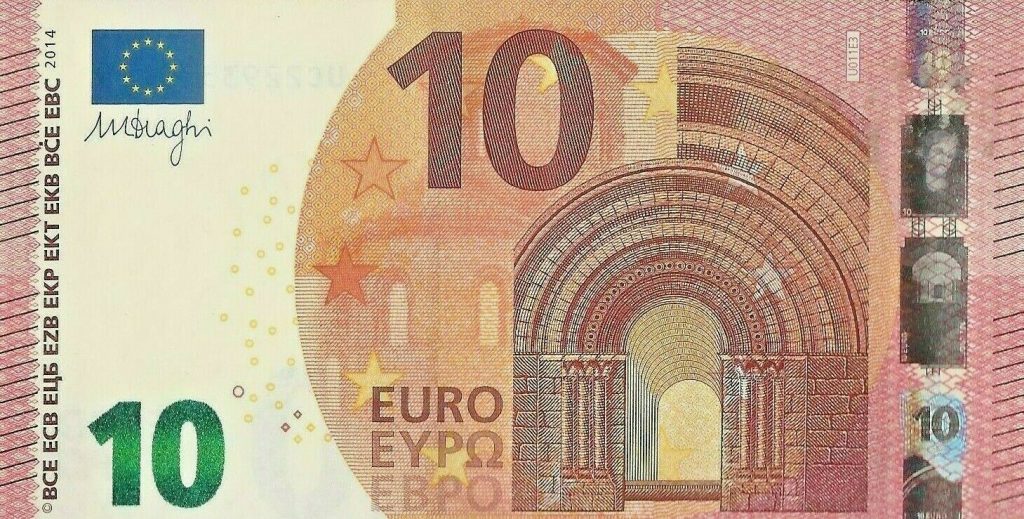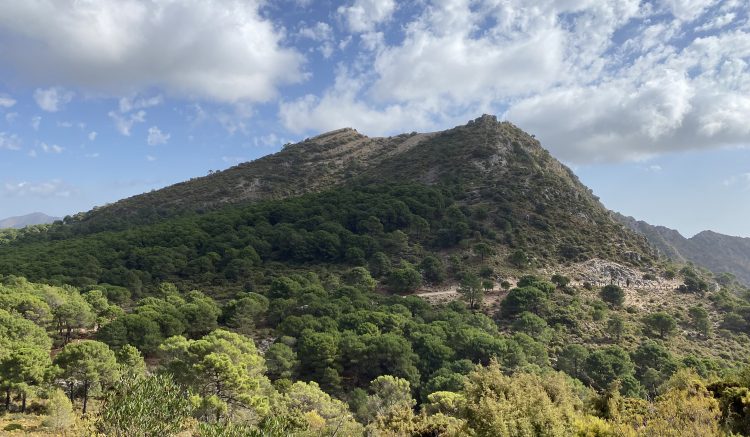This is a guide for travel to Spain based on my travels and learnings from friends living in parts of the country. However, there are many other places to visit in Spain so think of this as a starting point. Spain is a large country so there is variation in the food, wine, climate, geography and even the language in different parts of the country. I will be writing posts on the places I have visited so far. In fact, I am on the way to Valencia soon so that will be a post in near future. Additionally, I have already written a post about the small country of Andorra located at the north of Spain, bordering with France.
Highlights
- Barcelona- a great mix of beach and city, and of course, Gaudi
- Madrid– largest city and capital of Spain
- San Sebastian- heaven for foodies and a beautiful coastal location
- Bilbao- city of arts and culture including the Guggenheim museum
- Marbella– seaside city which is resort area with tennis, golf and hiking
- Valencia for paella, the beach, and a beautiful Old town and Buñol for La Tomatina
- Granada- well-known as the location of the Almeida, a relaxed city in the south
- Grand Canarias including Tenerife– islands off the west coast of Africa with temperate weather
- Majorca and Menorca – Mediterranean islands in the Balearic sea off the east coast of Spain
- Camino de Santiago de Compostela
Before you go
- US and UK citizens do not need a visa but should be aware of the tourist stay limits
- The official currency is the Euro
- Madrid is the capital of Spain
- Although Spanish is the official language, there are other recognised languages including Catalan/Valencian, Galician, Basque, and Aranese. The accent is different to the South & Central American Spanish
- Gibraltar is a British territory at the very southern tip of Spain, and there is an official border
- Some cities especially in the south observe a siesta time in the afternoon, so shops may be closed for a couple of hours during that time
- Weather varies a lot throughout Spain since it is a large country
- Tipping is appreciated but not required
Transport
- Spain has many large international airports as well as smaller airports. Major and low-cost airlines fly to many locastions.
- Iberia is Spain’s national airline
- Trains and buses provide access between cities. However, I have found that going across the country sometimes involves going through a major city such as Madrid. Therefore, the routes are not always very direct
- Renfe is the official Spanish train company
- Alsa is the main Spanish bus company
- Within each city, there are different modes of transport, which I will highlight for each place
Accommodation
- As usual, I recommend checking either Booking.com for hotels or Airbnb for apartment or home rentals
- In Tenerife and the Canary islands, there are a lot of options for self-catering apartments that are more similar to hotels
- For each individual city I have visited, I will share some more specific information about where I’ve stayed
Currency
The official currency is the Euro. As of October 2023 one British pound is equal to 1.15 Euros.
I recommend to check the currency conversion just before you leave as this fluctuates

Food
Spanish food has reached most corners of the world. And each region has its own specialties for food and beverages including wine. There is also a great culture of local markets with fresh fruits, vegetables, meats, cheeses and more.
Here is an overview of what I’ve learned about Spanish cuisine through travels and friends. For specific restaurant recommendations, I will add these for specific places.
Snacks
Tapas and pintxos (pinchos) are small snacks or plates usually eaten in a casual bar setting. These can be found all around Spain, and San Sebastian in particular is known for their excellent pintxos bars. These can include croquetas, which are fillings coated with crispy, fried breadcrumbs. The fillings include cheese, jamon, squid, fish, crab, octopus, and more. The tortilla Española is very different to a Mexican tortilla, and resembles a thick omelette with pieces of potato. Other side dishes can contain chorizo, prawns, chicken, meatballs, potatoes, Padron peppers, squid, cheese olives. The list goes on and on. And you can make a whole meal out of eating small dishes.
Bocadillo means sandwich and they can be filled with almost any ingredients. Perhaps ham, cheese, prawns, or even tortilla Española.
Also, on a hot day, a nice gazpacho would be refreshing and delicious. It’s usually based on tomatoes and is a cold soup.
Main courses
Valencia is famous as the home of paella. There are many varieties of paella and it is served throughout Spain. The ones we see most often outside of Spain usually contain seafood, chicken and/or chorizo. However, the typical Valencia paella often contains rabbit.
In the seaside areas, fish and seafood are very popular. Sometimes these dishes are very simple and grilled or baked. I like how you can really taste the fresh ingredients.
Cochinillo de Segovia is a roasted suckling pig from the area in the north-central part of Spain. Pork in general is very popular in Spain including Jamón Ibérico.
Desserts
Most of the time I don’t have room for dessert after a meal. However, the desserts and sweets also make good snacks. These are a few of my favourites.
Polvorón are powdery cookies that are popular around Christmas. They are typically made of ground almonds and can have different flavours such as chocolate, fennel and cinnamon. I love them! However, they are not to some people’s taste as they can dry your mouth out.
Turron comes in a few varieties from very wet and greasy, to hard and crunchy. The base is nougat and there are often almonds, peanuts or other nuts inside.
Crema Catalana is a lovely custard, which is creamy and eggy. It’s consistency is similar to crème brûlée, but a bit lighter.
Tarta De Santiago is a very special almond-based dessert that means cake of St. James, and is from the Camino de Santiago de Compostela.
Finally, one can’t forget about Churros con chocolate. These are long pieces of fried, crispy dough that taste delicious dipped in melted chocolate.
Beverages
Spanish wines vary by region and there are many excellent choices. The most famous red wine is probably Rioja, made from Tempranillo grapes. Personally, I also love Spanish garnacha. For sparkling wine, there is Cava. And for white wines, there is white Rioja and Verdejo. Sherry, a fortified sweet wine, is also popular for cooking and drinking.
Beer or cerveza is a great accompaniment to the tapas or pinchos. Usually these are cold lagers, and the most famous Spanish variety is Mahou.
In San Sebastian and the surrounding areas, cider made from apples is very popular. You can visit some of the cider houses. Cider is called sidra in Spanish or sagardo in Basque.
Of course, we cannot forget Sangria, which can be made using red or white wine. Brandy, fruit (often orange), sugar, and ice are also key ingredients.
For a non-alcoholic beverage, there is Kas Naranja orange soda. Horchata in Spain is a creamy drink made from tiger nuts. And there are usually many options for fresh juices, including orange juice.
FAQs
Q: Do I need a tour guide?
A: No, it is relatively easy to get around Spain on your own and definitely to explore cities.
Q: Do people speak English?
A: Many people speak some English though it is useful if you know some Spanish phrases or have a translation app
Q: Can I travel solo?
A: Yes, it is safe to travel on your own and many people explore the country by bus and train
Q: How easy is it to send postcards?
A: It is easy to find postcards and post offices in any of the larger cities and towns. See Sending Postcards from Abroad for details on cost and the time it took to reach the USA.
Go to Spanish Recipes
Go to Country Map
